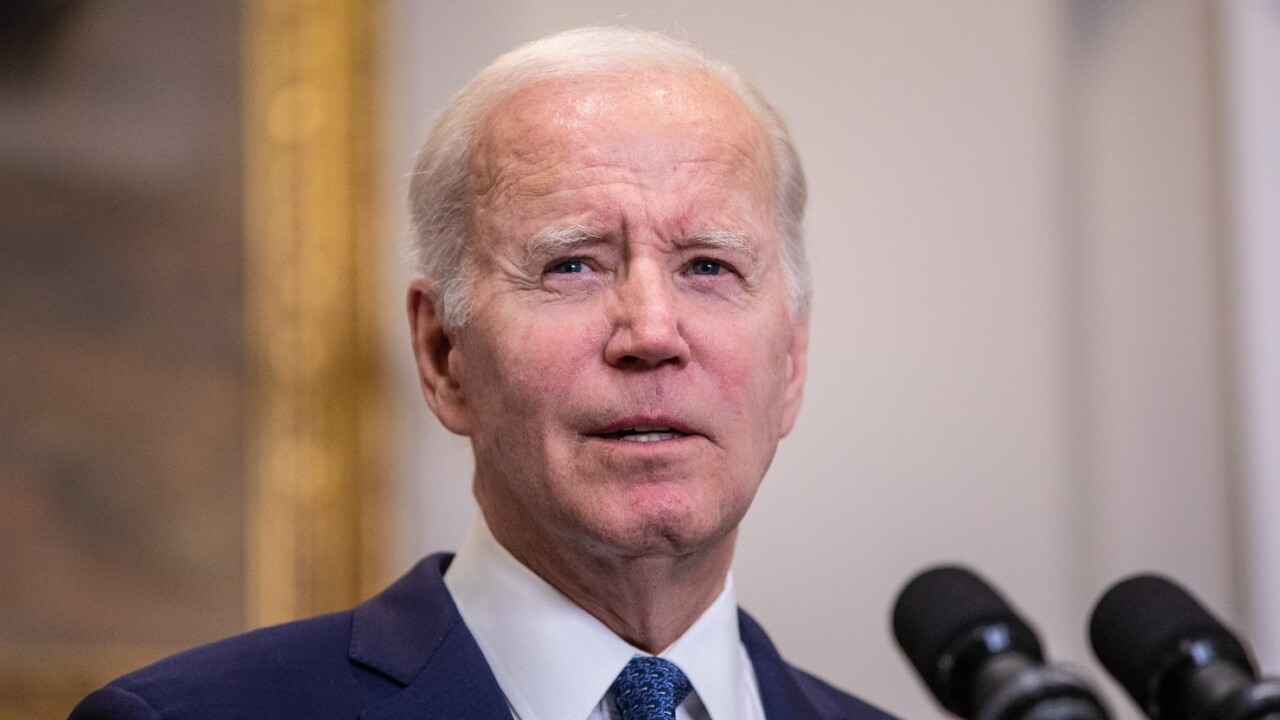Something is happening to money.
Not the kind of change you notice right away.
The kind that takes shape quietly, in boardrooms and briefing notes.
While Australians argue about interest rates and property prices, a different conversation is unfolding elsewhere—one that most people haven’t heard, let alone been invited to join.
In Basel, Switzerland, a group of unelected officials is reshaping the future of money.

The Bank for International Settlements (BIS) doesn’t chase headlines or need public attention.
It shapes monetary policy by guiding central banks around the world.
And Australia’s Reserve Bank isn’t sitting this out.
Quite the opposite.
Through a pilot called Project Pine, the RBA has begun laying the groundwork for a new financial architecture—one built not just on digital money, but on programmable money.
And that distinction matters.
Programmable money isn’t just a digital version of what you already use.
It’s money with logic built in.
Money that can be told what to do.
Or what not to.
Money that carries conditions.
Parameters. Instructions.
Money that stops being neutral.
Now, let me clarify: I’m not here to scare you.
But I am here to paint an accurate picture.
We’re witnessing a shift in who gets to decide how your money functions—how it moves, where it goes, what it touches, and what it refuses to.
It’s a shift in who holds the final say: the individual, or the system.
Programmable money means every single transaction can be pre-shaped.
Every permission can be baked into the code.
And every restriction can be enforced automatically, without warning and without recourse.
This is money that can expire.
Spend it within 30 days or it disappears.
The justification? Stimulus.
Drive consumption. Keep the economy ticking.
This is money that can be geographically constrained—valid in one postcode, invalid in the next.

Use it in Sydney, fine.
Try to spend it in Perth?
Blocked.
This is money that knows what it’s being spent on, and money that can say “no” when it doesn’t like the answer.
No gambling. No late-night purchases.
No donations to flagged organisations.
No payments to “non-compliant” vendors, not because you did anything wrong, but because the system doesn’t approve.
And this system doesn’t need a debate in Parliament to make those changes.
It just needs a policy tweak.
A regulatory update.
A line of code.
Taxation becomes real-time.
No filing, no refunds, no deductions.

Every transaction taxed at the point of sale.
Rates adjusted dynamically.
Levies introduced on the fly.
You don’t vote on it.
You don’t see it coming.
It just appears.
And if a purchase doesn’t comply—if it violates the parameters set by regulators or AI-driven compliance tools—it can be reversed.
This isn’t a vision for the distant future.
This is happening. Now.
The BIS has published detailed technical papers on how programmable money can function.
The infrastructure already exists.
The pilots are underway.
Australia was one of the first to sign on.
The RBA’s digital currency trial began last year.
Since then, it has collaborated with international financial bodies and tech firms to explore what may soon become the foundation of a new global monetary system.
A system where money itself becomes a tool of policy enforcement.
None of this has emerged in isolation.
This is not an isolated project.

It’s part of a larger trend—a slow, deliberate expansion of regulatory power that has taken shape over the past decade.
Behind the scenes, Australia’s financial regulators have been building the scaffolding quietly, incrementally, with no fanfare—just a steady layering of oversight, compliance, and surveillance.
Anti-money laundering reforms.
Digital asset frameworks.
Know-your-customer mandates.
Real-time transaction monitoring.
Rules that, in isolation, sound reasonable—even necessary.
But in aggregate, they form the machinery of a system capable of managing a national economy in real time.
A system where intervention is no longer occasional—it’s constant.
Silent.
Automatic.
Built into the fabric of the transaction itself.
That’s how systemic change happens in a country like Australia.
Not through sweeping public mandates.

Not with dramatic declarations.
But through regulation.
Compliance guidelines.
Policy notes.
The kind of documents few people read, but which carry enormous weight.
And there’s another layer here: external pressure.
Because Australia doesn’t act in a vacuum.
Its economy is plugged into a broader system of global finance.
Step too far out of sync, and the penalties are swift—higher interest rates on the global market, reduced access to capital, reputational damage, and trade friction.
That’s not conspiracy talk.
That’s how modern financial systems work.
It’s why central banks and regulators around the world coordinate so closely.
It’s why “global best practice” is more than a suggestion—it’s a standard.
A code.
Deviate from it, and the cost is real.
That’s also why Australia doesn’t just follow these international frameworks.

It helps write them.
Its regulators don’t just attend global forums—they help shape the outcomes.
They co-author the reports.
They return home with policies drafted abroad and apply them domestically—often without public discussion, and usually without opposition.
These imported frameworks arrive with the force of inevitability.
They’re wrapped in the language of modernisation, inclusion, resilience.
But baked into them are assumptions about how money should work—and who gets to decide.
Once embedded, these systems become hard to challenge—let alone reverse.
Programmable money represents more than a financial upgrade.
It represents a change in the relationship between the individual and the state.
A change in how freedom is understood in a digital economy.
Because when money becomes programmable, it becomes conditional.
And when it becomes conditional, it becomes political.

It can be used to shape behaviour, enforce compliance, reward the approved, and marginalise the disobedient.
That’s not dystopian speculation.
It’s a practical consequence of giving money a brain—and then handing the switch to someone else.
None of this is an argument against innovation.
When handled responsibly, technology can improve access, reduce fraud, and streamline operations.
But the same tools that offer convenience can also enforce conformity.
And the more invisible that enforcement becomes, the less room there is for dissent—and for freedom.
Australians deserve to understand what’s being built before it’s too late to ask why.
The questions should come now, while there’s still the opportunity to ask them.
John Mac Ghlionn is a researcher and essayist who writes on psychology and social relations. He has a keen interest in social dysfunction and media manipulation.
